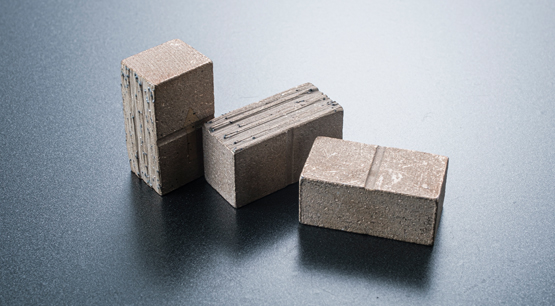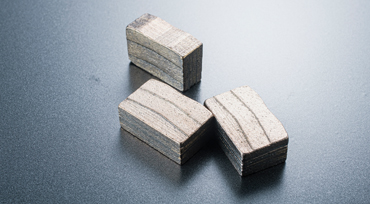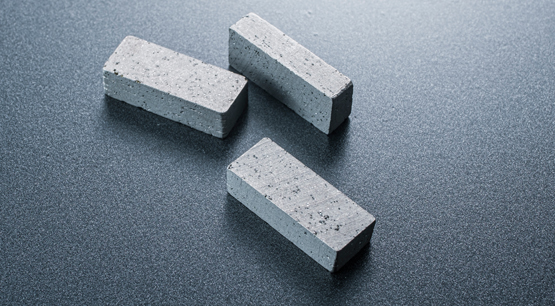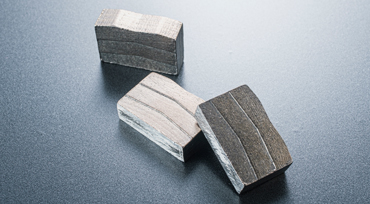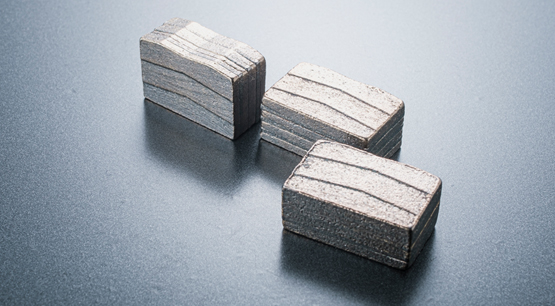The diamond segment is produced by sintering through rapid heating and pressure. Different from other sintering molds, diamond segments are basically sintered with graphite abrasives. Graphite abrasive sintering has the following three advantages:
1: The price of graphite abrasives is lower. In the process of use, the mold will be deformed or difficult to peel off due to long-term use, or the mold will be scratched during the forced demolding process, then a new mold needs to be replaced. Steel molds are inferior to graphite abrasive tools in terms of cost and use effect.
2: Graphite is a non-conductor material with very good insulation performance. However, if the voltage and current are increased, graphite is used as a resistive material to quickly heat up. This rapid temperature rise can not only quickly shorten the oxidation process of the segment, but also make the diamond segment have better performance.
3: Graphite abrasive tools also have a great influence on demolding. If it is an ordinary steel substrate, the condition of thermal expansion and contraction will cause the segment to be difficult to demold. However, if it is a graphite matrix, it is very little affected by thermal expansion and contraction, and the demolding process can be easily completed.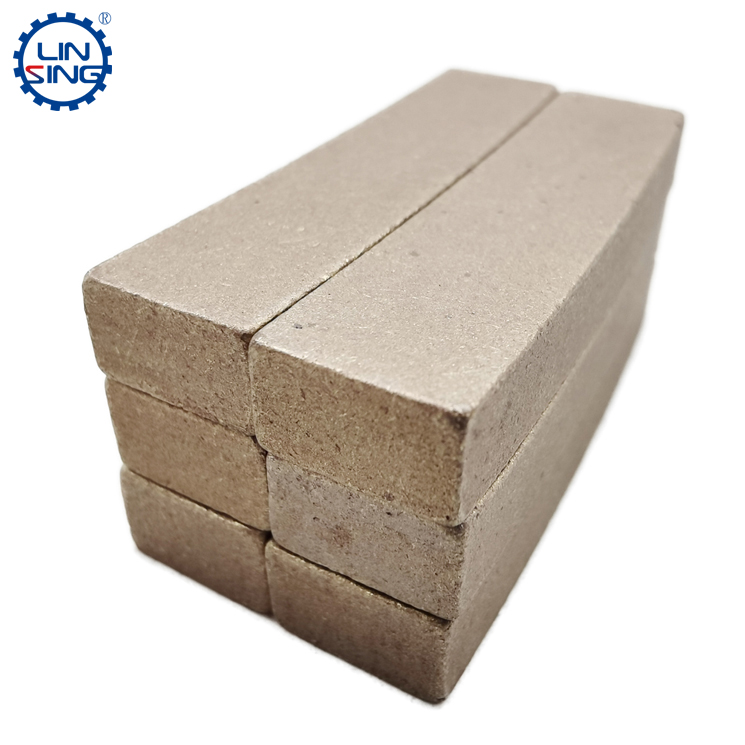
The graphite mold completes the rapid temperature rise through high resistance, so that the segment powder has a nodular structure. So how does the graphite mold complete the production of the diamond segment, and how to energize it? Let's introduce the detailed production process in detail below.
When making the graphite abrasive tool of the diamond segment, the positive and negative poles of the graphite abrasive tool will be set in the early stage of the design. When the mold is clamped into the sintering machine, the positive wire of the sintering machine is connected to the positive electrode of the graphite abrasive tool, and the negative wire of the sintering machine is connected to the negative electrode of the graphite abrasive tool. When energized, the currents of the positive and negative electrodes continue to increase, and the excessive current generates instantaneous heat energy, which quickly heats up the graphite abrasive tool, and the continuous heating causes the abrasive tool to appear obvious signs of burning red. This is the process of heating up the graphite abrasive tool.
When the temperature reaches a certain level, the current value needs to be adjusted so that the current can change according to the temperature change, so that the operation will make the temperature uniform. Generally, the temperature is maintained at 680-850 degrees Celsius. In this case, the segment starts the heat preservation and pressure sintering process. This process often takes a period of time. When the matrix bond and the diamond are fully sintered, the temperature begins to drop.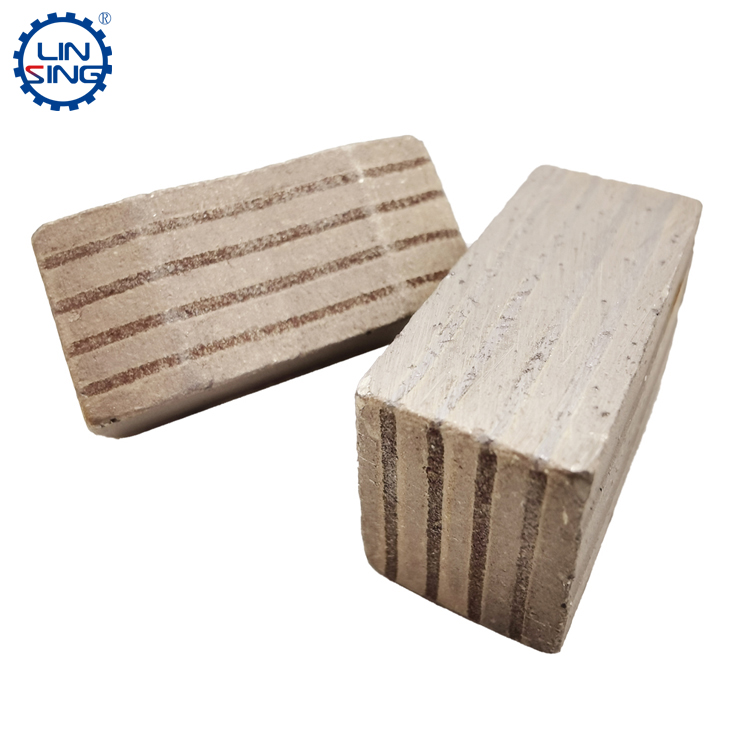
The cooling process of graphite is relatively slow. Generally speaking, first slowly control the current value, while continuously reducing the current value, let the current eventually return to zero. At this time, due to the excessively high sintering temperature in the early stage, slowly cooling the graphite abrasive tool in a ventilated place has become a necessary process for cooling the abrasive tool.
In general, graphite abrasive tools are currently the most cost-effective and suitable material for sintering diamond segments. Not only does it increase the temperature quickly, but it also performs well in many other aspects.




